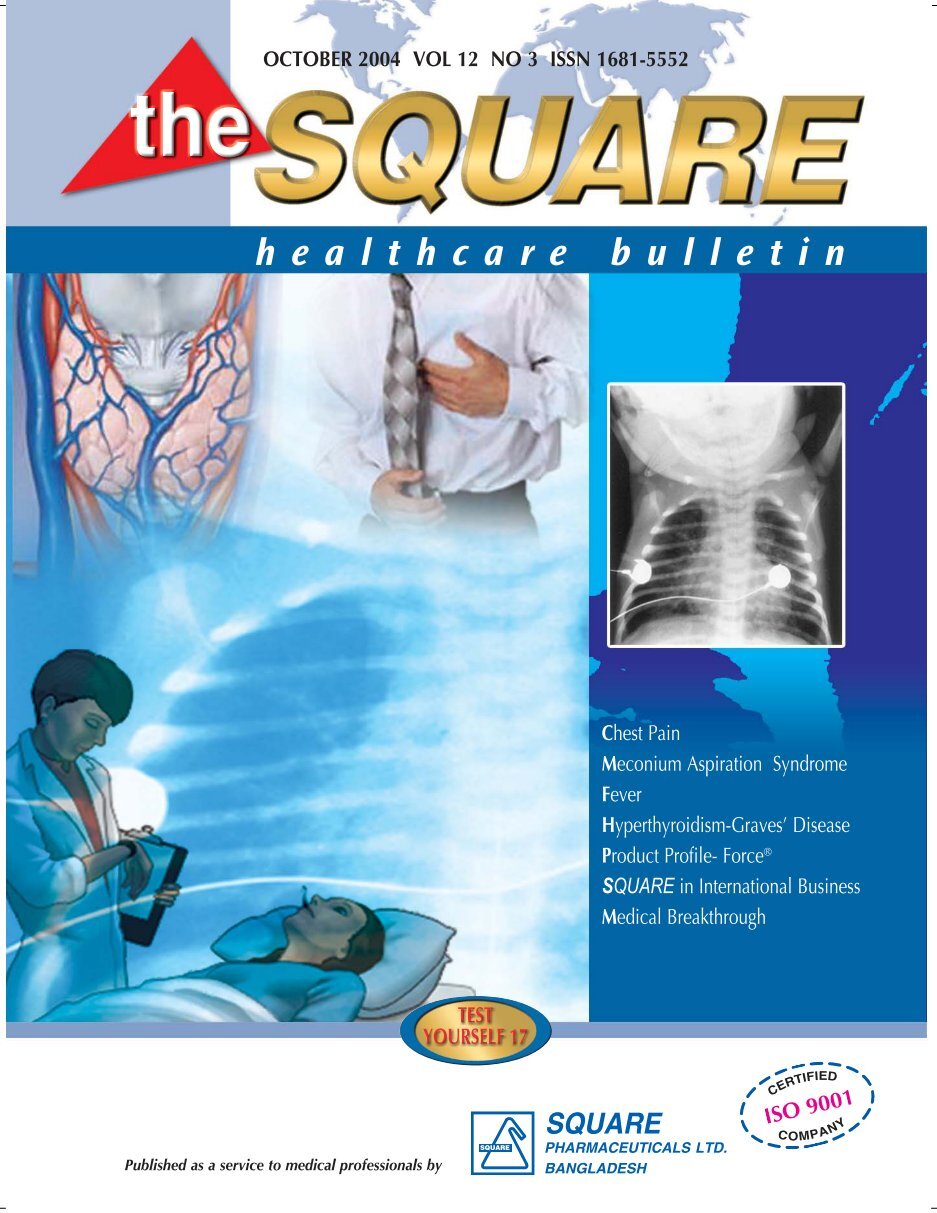Understanding Different Types of Sexual Dysfunction

Introduction:
Sexual dysfunction refers to a range of issues that affect one or both partners during any phase of the sexual response cycle, hindering the attainment of sexual satisfaction. This encompasses various phases, including excitement, plateau, orgasm, and resolution. Both men and women can experience sexual dysfunction, which can significantly impact their sexual well-being and relationships. In this article, we will explore the different types of sexual dysfunction, their causes, and potential treatments.

- Sexual Desire Disorders: Sexual desire disorders involve a lack or absence of sexual drive, commonly known as a low libido. This can be generalized or specific to the current partner. Factors contributing to low sexual desire may include hormonal imbalances, such as low levels of estrogen in women or testosterone in men. Age, pregnancy, depression, anxiety, certain medications, relationship conflicts, and underlying physical conditions like diabetes or hypertension can also contribute to this disorder.
- Sexual Arousal Disorders: Formerly referred to as “frigidity” in women and “impotence” in men, sexual arousal disorders encompass difficulties in achieving or maintaining sexual arousal. These terms are no longer widely used. Individuals with sexual arousal disorders may have an aversion to sexual contact or find it challenging to become sexually aroused. In men, this may manifest as erectile dysfunction, characterized by the inability to achieve or maintain an erection. Factors contributing to erectile dysfunction include vascular diseases, neurological disorders, psychological factors (stress, depression, performance anxiety), chronic diseases (diabetes, hypertension), lifestyle factors (alcoholism, smoking, obesity), and certain medications.
- Orgasm Disorders: Orgasm disorders involve difficulties in achieving orgasm or experiencing delayed orgasms. Both men and women can be affected by orgasm disorders. In men, ejaculation disorders can occur, including premature ejaculation (ejaculating before or soon after penetration), inhibited or delayed ejaculation (taking a long time to ejaculate), or retrograde ejaculation (ejaculation into the bladder instead of through the penile orifice). Psychological factors, such as performance anxiety, stress, or communication barriers, can contribute to premature ejaculation, while physical causes may include chronic illness, alcoholism, adverse effects of medications, or surgeries. Women may also experience challenges in reaching orgasm, often influenced by physical factors, illness, or certain medications.
- Sexual Pain Disorders: Sexual pain disorders predominantly affect women and can involve pain during sexual activity. Inadequate vaginal lubrication may lead to discomfort or pain during intercourse, often caused by a lack of stimulation, hormonal changes (pregnancy, breastfeeding, menopause), or the use of contraceptive creams. Vaginismus is a condition where the muscles of the vaginal wall involuntarily spasm during intercourse, leading to pain. This condition may be triggered by previous sexual trauma. Priapism is a sexual pain disorder occurring in men, characterized by a prolonged and painful erection lasting several hours, unrelated to sexual stimulation. It requires immediate medical attention to prevent long-term complications.

Conclusion:
Sexual dysfunction can significantly impact the quality of one’s sex life and intimate relationships. Understanding the different types of sexual dysfunction is crucial in seeking appropriate diagnosis and treatment. It’s important to remember that sexual dysfunction can have various underlying causes, including physical, psychological, and relational factors. Seeking professional help from healthcare providers or therapists specializing in sexual health can offer guidance, support, and tailored treatment options for addressing sexual dysfunction and improving overall sexual well-being.
Remember, open communication with your partner and healthcare professional is key to navigating and addressing sexual concerns effectively.













